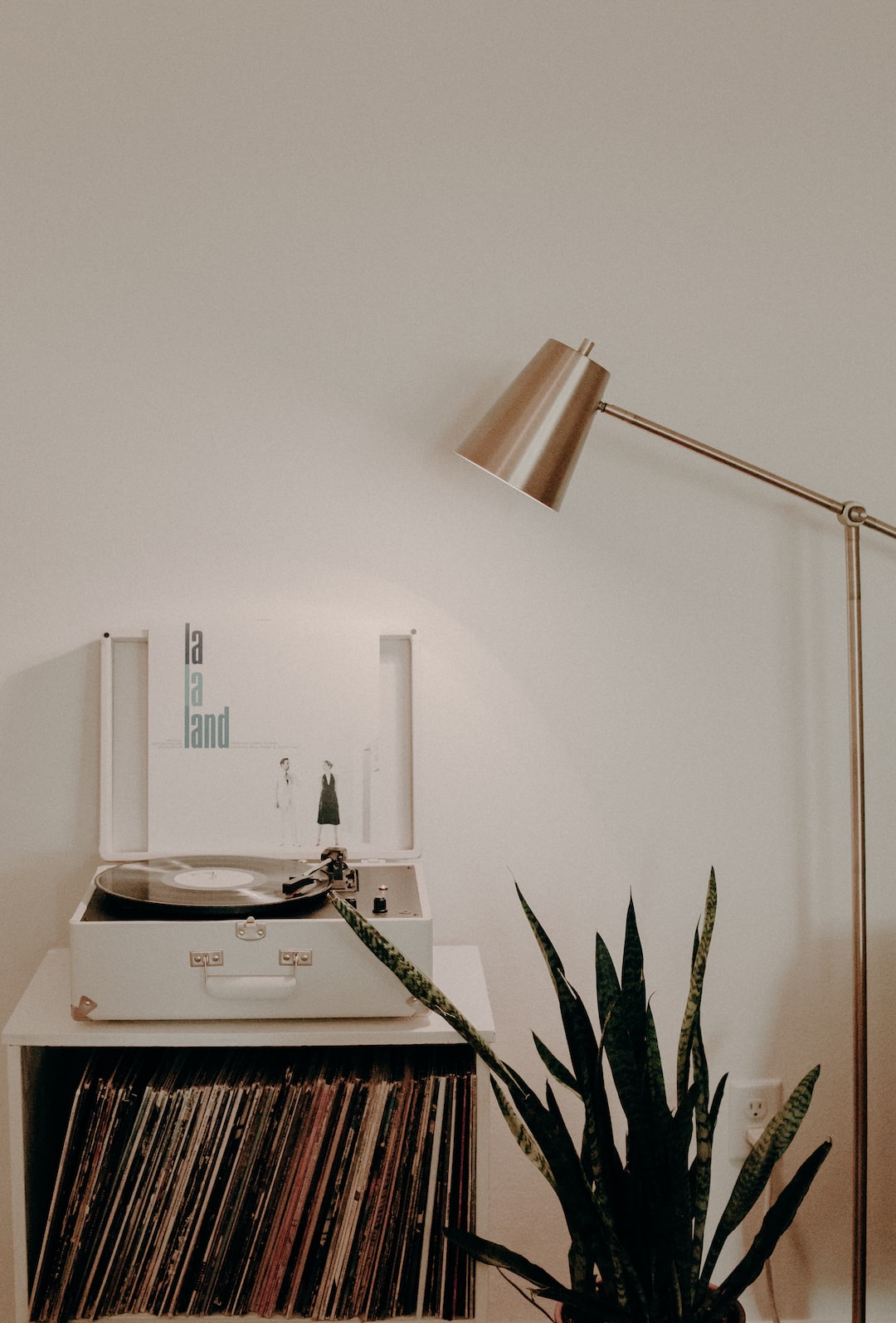Are you planning to redecorate your home? One of the most important aspects of any home makeover is choosing the right paint color for each room. The paint color you choose can greatly affect the atmosphere and overall feel of a space. With so many colors to choose from, it can be overwhelming to make a decision. But fear not! In this blog post, we will provide you with some useful tips on how to choose the right paint color for each room in your home.
1. Consider the purpose of the room: Before you start picking out paint colors, think about the function of the room. Is it a bedroom, a living room, or a home office? Different rooms serve different purposes, so it’s important to choose colors that align with the overall mood and atmosphere you want to create. For example, soothing and calming colors like blues and greens are great for bedrooms, while vibrant and energetic colors like yellows and oranges work well in playrooms or home gyms.
2. Assess the lighting: Lighting plays a crucial role in how colors appear in a room. Natural light and artificial lighting can change the way colors look on the walls. Take into consideration the direction your windows face and the intensity of the light. If the room receives a lot of natural light, you may want to opt for cooler colors as they can balance out the warmth. On the other hand, if the room lacks natural light, warmer colors can help create a cozy and inviting atmosphere.
3. Consider the size of the room: The size of a room can also influence your choice of paint color. If the room is small, lighter colors can make it appear bigger and more spacious. Lighter shades reflect light and create an airy and open feeling. Darker colors, on the other hand, can make a large room feel more intimate and inviting. If you have a long, narrow room, painting the shorter walls in a darker shade can help to visually widen the space.
4. Take inspiration from existing elements: Look around the room and consider any existing elements you can’t change, such as furniture or flooring. Take inspiration from these elements and choose a paint color that complements them. For example, if you have a bold piece of artwork with vibrant colors, you can select a more neutral paint shade to let the artwork stand out. Similarly, if your flooring is a specific color, ensure your paint color harmonizes with it.
5. Use color psychology: Color psychology suggests that different colors can have a significant impact on our emotions and behaviors. Blue is known to promote calmness and relaxation, while yellow can evoke positivity and energy. Consider the atmosphere you want to create in each room and select colors that align with those feelings. For instance, a home office may benefit from colors like green, which are associated with focus and productivity.
6. Test the paint color: Once you have narrowed down your choices, test them out. Purchase sample sizes of your preferred paint colors and apply them to a small section of the wall. Observe how they look in different lighting conditions and at different times of the day. This will give you a better sense of how the color will appear on a larger scale.
7. Don’t be afraid to experiment: Remember, paint is not permanent! If you find that a color isn’t working as well as you had hoped, you can always repaint. Don’t be afraid to experiment and have fun with colors. It’s a great opportunity to bring your own personal style into your home and create a space that reflects your taste and personality.
Choosing the right paint color for each room can be a fun and exciting process. By considering factors such as room function, lighting, room size, existing elements, color psychology, and testing out paint samples, you can ensure that you create a harmonious and visually appealing space. So go ahead, unleash your creativity, and enjoy the transformative power of color in your home!

